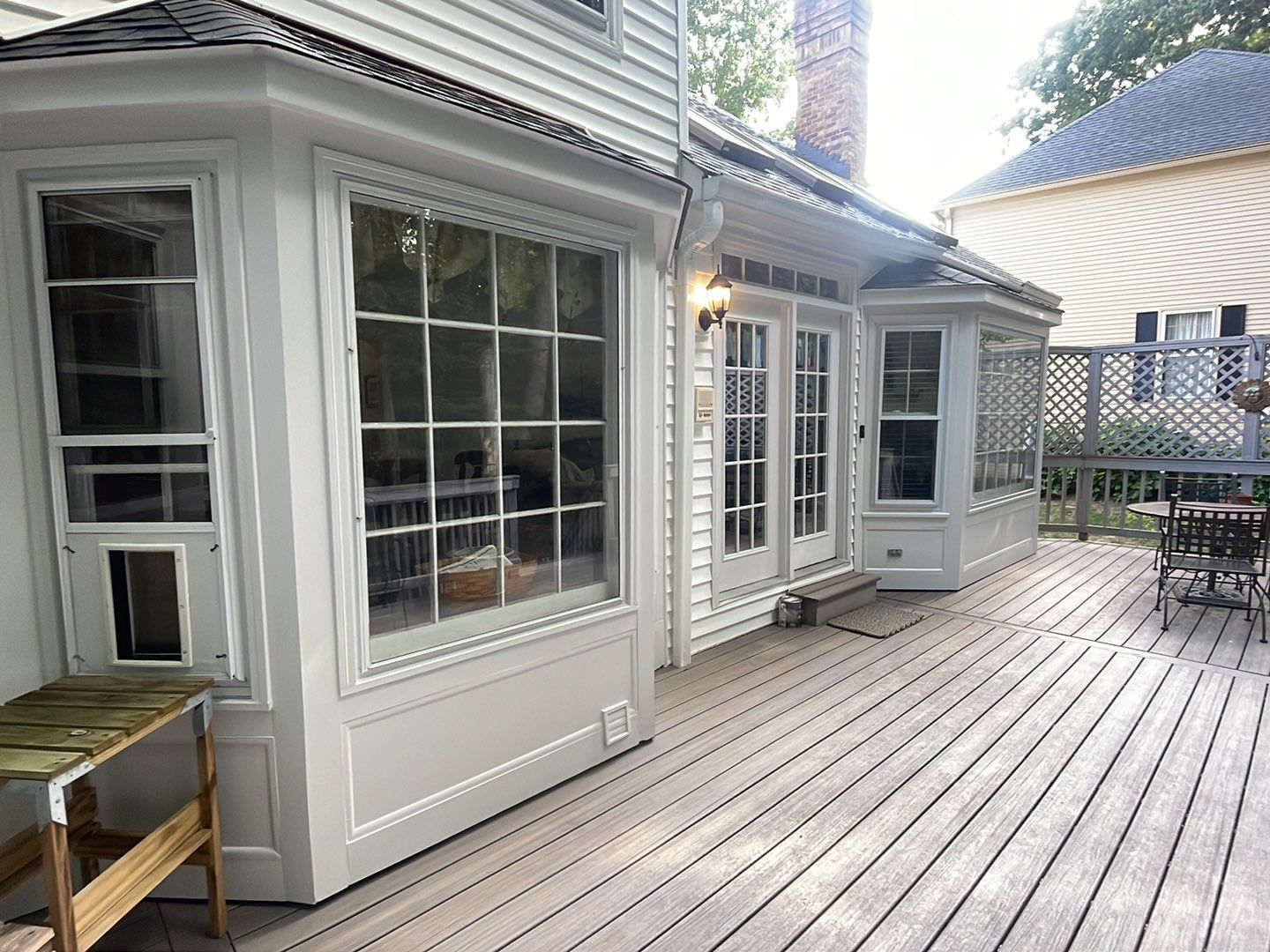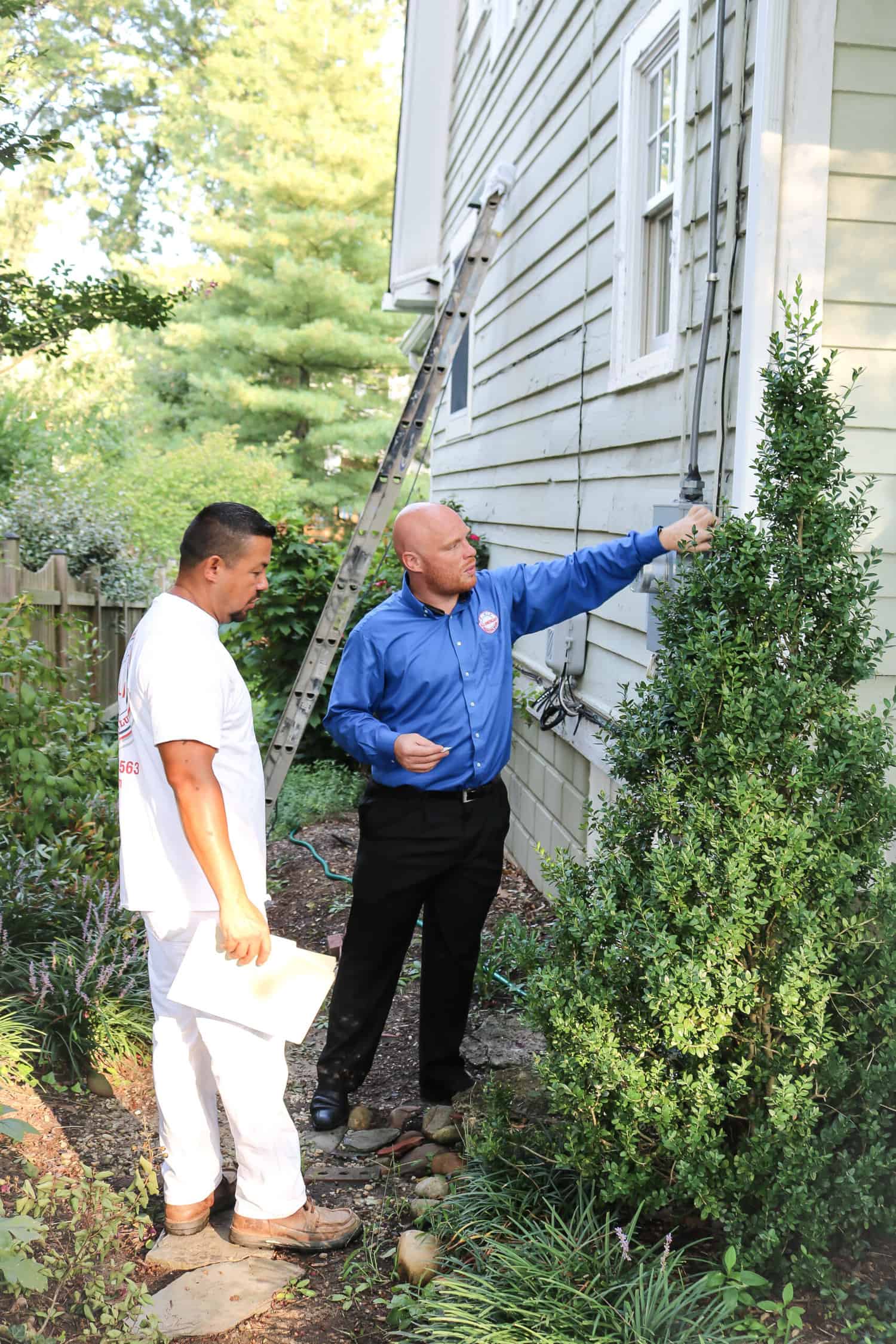No matter how well-built a home or commercial property is, the forces of nature have a way of reminding us who’s really in charge. Something as small and seemingly harmless as fungal spores can do real damage to construction and finishing materials, especially wood. Indeed, rotted wood can become a health and safety hazard if neglected for too long. That’s why it’s important to prevent wood rot and identify it when it occurs so you can take care of the issue.
However, noticing rotted wood is sometimes easier said than done. In many cases, the issue becomes visible only after some of the damage has been done. Even still, the sooner you act, the better. And knowing how long it takes for wood to start rotting can help you address the issue faster. But the time it takes for rot to take hold and cause problems depends on whether you’re dealing with dry rot or wet rot. Let’s discuss these two types of rot, how to spot them, and how to prevent them.
Dry Rot vs. Wet Rot
We often speak of wood rot as a singular phenomenon, but there are actually two major types of rot that affect wood: dry rot and wet rot. The term “dry rot” is a bit of a misnomer because it actually requires some dampness to germinate. This kind of rot tends to thrive on wooden features containing about 20% moisture. Wet rot, on the other hand, germinates and grows on wood containing at least 50% moisture, and its growth is limited to these damper areas. Dry rot is regarded as the more problematic of the two types because of its less confined reign and ability to hide its presence for longer than wet rot.
How to Spot Wood Rot
Though signs of wood rot aren’t always clear, there are certain things to look for that are dead giveaways of either wet or dry rot.
Signs of wet rot include:
- Isolated fungus on wood
- Damaged, peeling, and/or flaking paint
- Wood that has a soft, spongy texture
- Wood that has a darkened appearance
- Cracking, crumbling wood when dry
- Wood that has a musty smell
Dry rot signs include:
- The appearance of white/yellow/brown patches (fruiting bodies) on wood
- Brittle, damaged wood
- Concentrated spore dust
- Damp, musty scent
- Grey, cobweb-like strands on wood
How Long Does it Take for the Rot to Do Damage?
The speed and spread of rot can vary widely. However, all cases of rot require the proper conditions to “activate,” so to speak. These conditions include oxygen, proper temperature (often between 65 and 90 degrees Fahrenheit), moisture, and “food” (wood, in this case).
Lab experiments have recorded that dry rot spores can germinate approximately seven to ten days after the wood has become damp enough. Older spores can take longer to germinate. As mentioned earlier, though, it can take a long while for signs of dry rot to appear after germination.
As for wet rot, it’s difficult to establish a regular timeframe for its rate of growth. That said, wet rot can only spread to those areas damp enough to accommodate it. So, if you notice wet rot, you can mitigate it by removing any moisture.
Ways to Prevent Rotted Wood
If you want to keep your wood rot-free, there are a number of measures you can take. Some methods include:
- Using pressure-treated wood to begin with
- Repairing any cracks or holes in wood with caulk
- Maintaining/repairing pipes and gutters to prevent water leaks
- Hiring painting services to properly paint, stain, or seal your wooden features to protect them from the elements
- Keeping your wooden features clean (via scrubbing and/or power washing)
Got Rot?
Despite your best efforts, rot might infest your wooden features anyway. If this happens, it’s best to call a contractor with experience repairing and replacing rotted wood. All American Painting Plus is more than your average painting company. In addition to our exterior and interior painting offerings, our services include rotted wood replacement, carpentry, power washing, and much more. To learn more about us and everything else we offer our clients in Northern Virginia, give us a call at (703) 620-5563!












